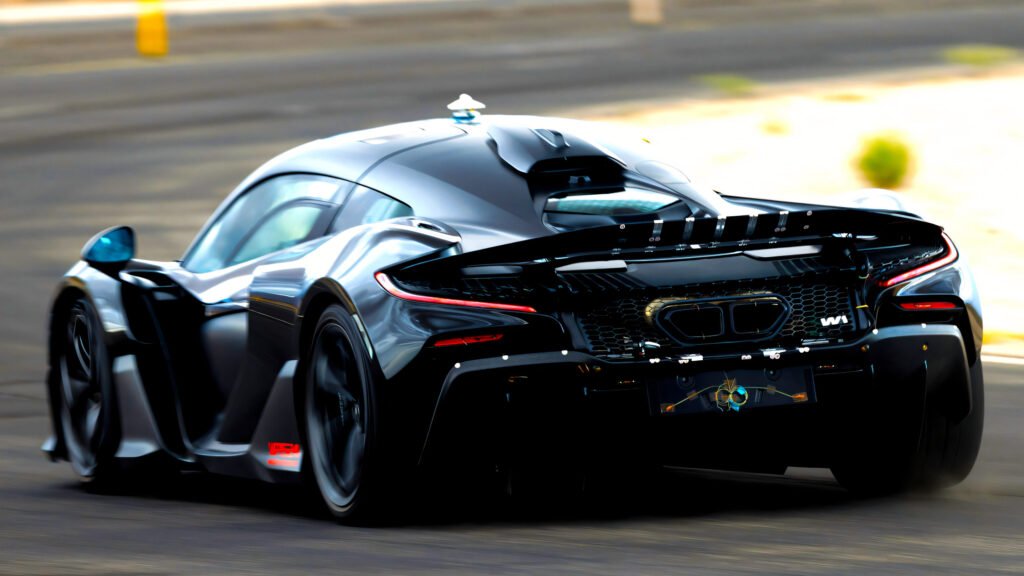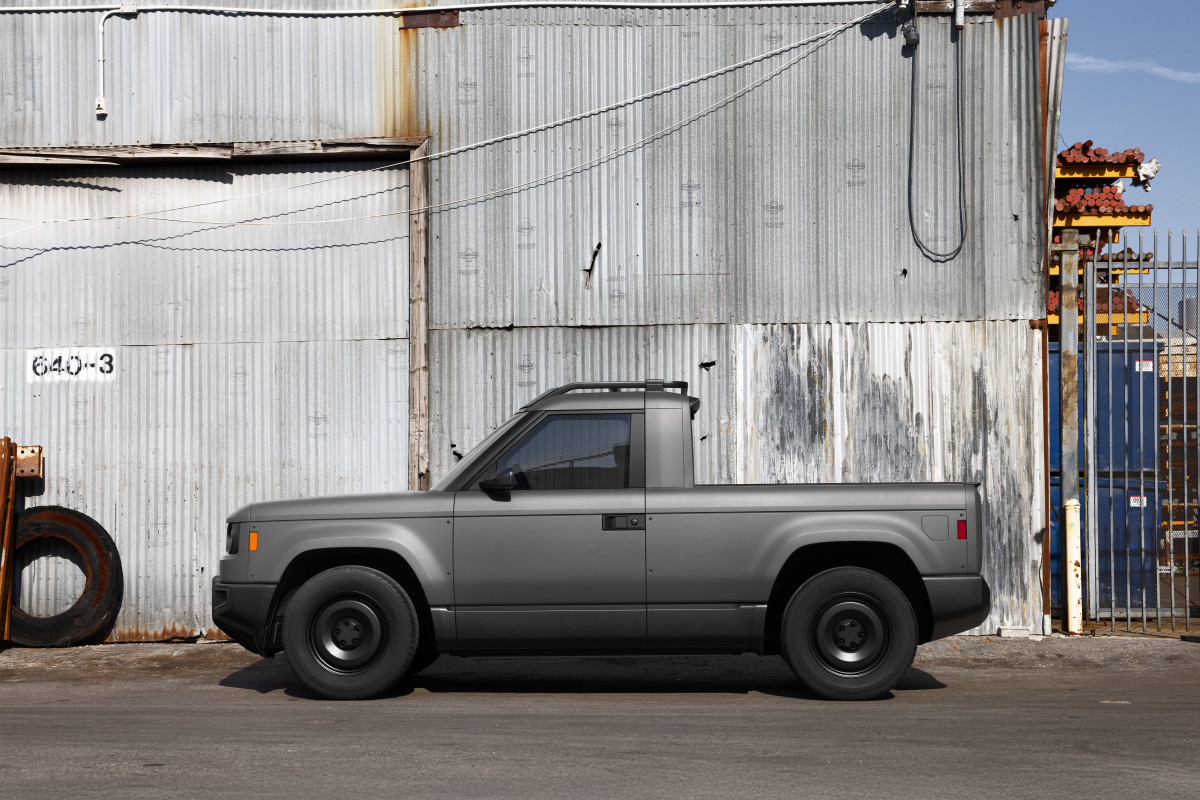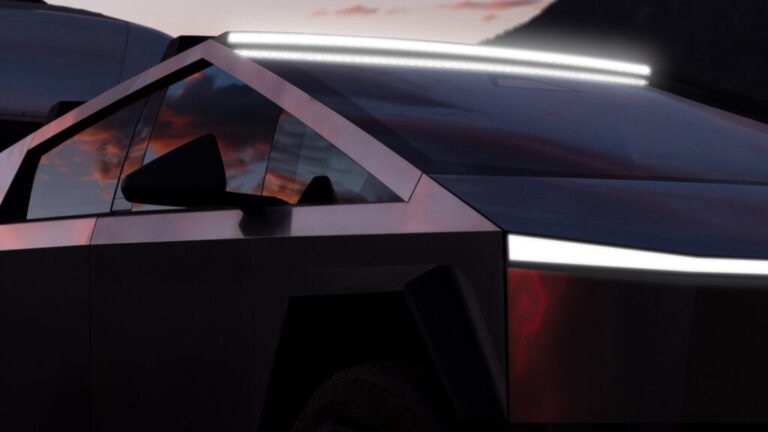

- McLaren W1 tested 3,106 miles in Arizona heat for reliability.
- Hybrid hypercar makes 1,258 hp and 988 lb-ft from its V8.
- It sprints to 62 mph in 2.7 seconds, quicker than the P1.
The P1 helped McLaren establish itself as a serious rival to Ferrari, Lamborghini, and Porsche, pushing the boundaries of road-legal performance cars.
The hypercar industry has changed a lot since the P1 arrived almost 13 years ago, and while it remains to be seen whether the new W1 can redefine what we thought was possible for a road car like its predecessor did, it is shaping up to be quite a machine.
Read: The Most Powerful McLaren Yet Shows Its True Colors
As the British marque continues to put the W1 through its paces before customer deliveries start next year, it recently shipped over a pair of undisguised prototypes to Arizona for some exhaustive hot weather testing.
This included testing both on the road and on the track, ensuring the new hybrid hypercar can deliver the same thrills that made the P1 so legendary.
During testing in Arizona, McLaren covered more than 3,106 miles (5,000 km) in temperatures exceeding 104°F (40 °C). The cars were tested for hundreds of hours to iron out any issues.
The engineers on the ground conducted tests during the day and then sent the data to McLaren’s team in the UK, which analyzed it overnight, allowing the firm to run round-the-clock development cycles.
It’s not just the outright performance of the W1 that makes it special. McLaren’s engineers say it’s perfectly comfortable for the street and yet can happily spend hours being punished around a racetrack.
“One of the standout things about W1 is driver engagement,” McLaren senior vehicle engineering manager Jonathan Beaumont said. “The incredible downforce and power, twinned with the delicacy and precision of the handling, means you can really exploit the limits of this incredible supercar.”
The Powertrain
McLaren has equipped the W1 with the latest iteration of its 4.0-liter twin-turbocharged V8 and an electric motor, which combine to produce 1,258 hp and 988 lb-ft (1,340 Nm) of torque.
It can hit 62 mph (100 km/h) in 2.7 seconds and 124 mph (200 km/h) in 5.8 seconds. By comparison, the P1 needed 2.8 seconds to hit 62 mph and 6.8 seconds to reach 124 mph.
While those improvements may not seem all that impressive, cutting even a tenth at that level is far from easy, and the W1 will offer more than enough performance for the street. Moreover, for owners brave enough to go to the track, it should be able to eclipse the P1‘s lap times.


